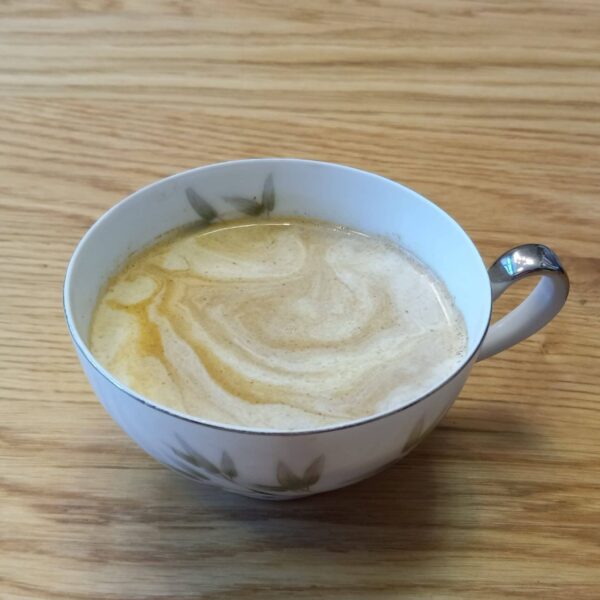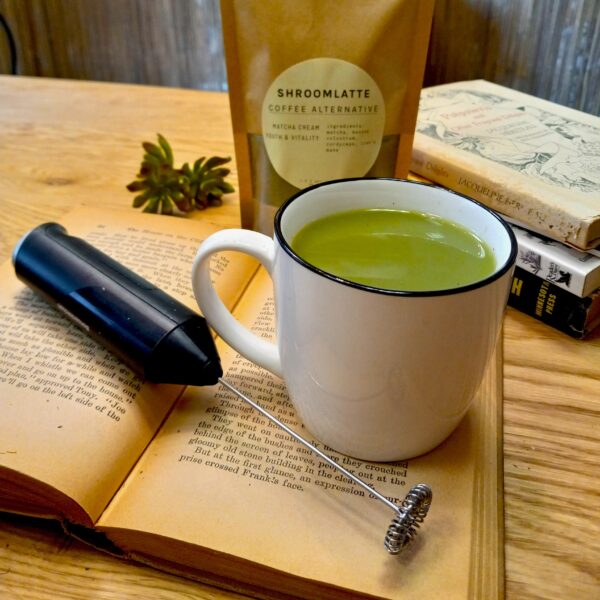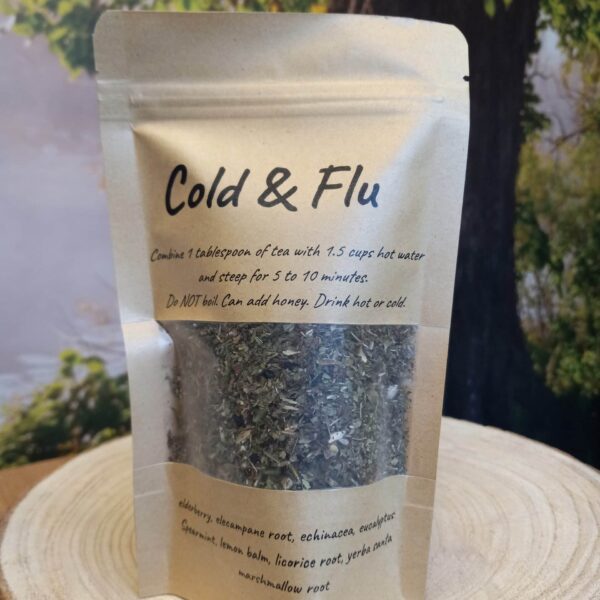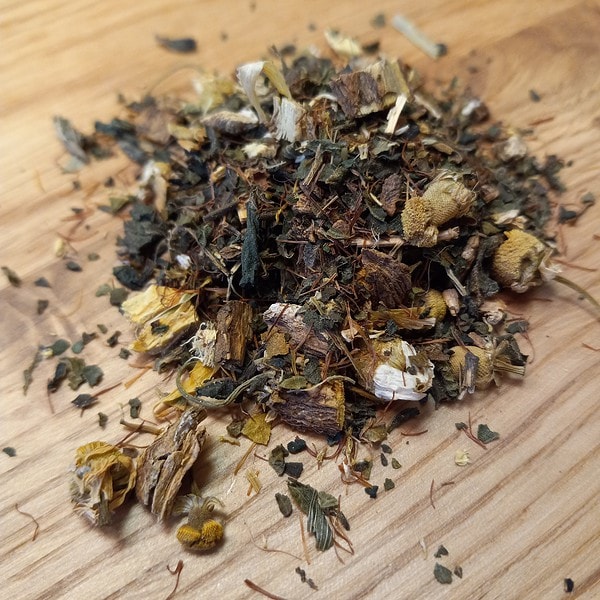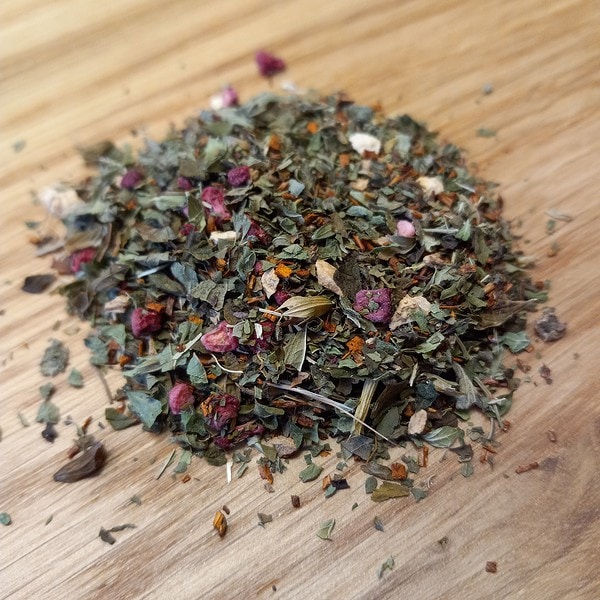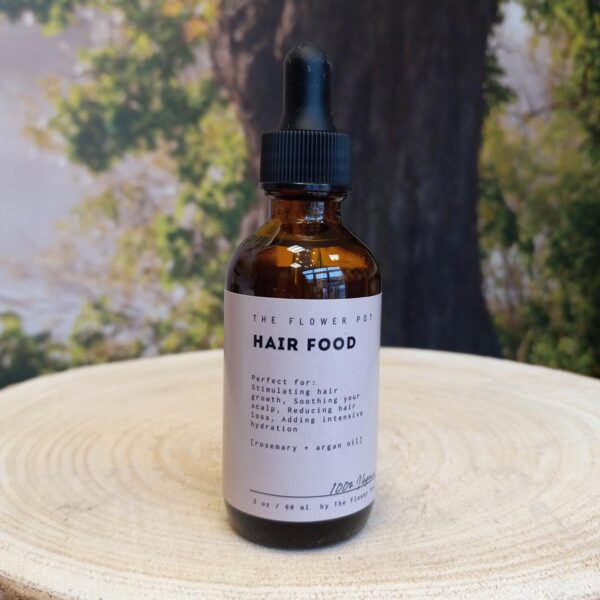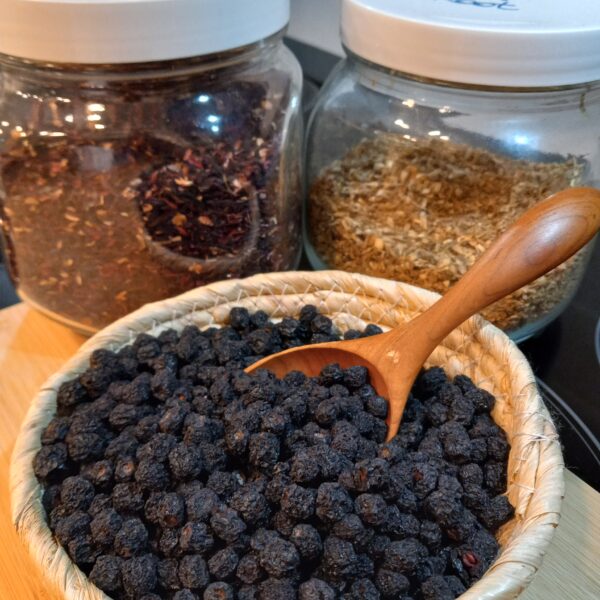In our busy lives, it’s easy to overlook the unsung heroes that safeguard our health from the inside out. I’m talking about antioxidants, those powerful nutrients that shield us from a range of health issues. Though they might not have been a part of our school curriculum, antioxidants are essential for our well-being. Today, let’s explore the world of antioxidants and put the spotlight on one particular group: carotenoids.
Unveiling the Wonders of Carotenoids
Carotenoids are a group of protective plant chemicals associated with various health benefits, including better cardiovascular health, improved eye health, and a reduced risk of certain cancers. Carotenoids are found in vibrant red, yellow, and orange fruits and vegetables, and they are synthesized by plants and algae. While supplements are available, it is generally recommended to obtain carotenoids from whole foods as part of a balanced and diverse diet.
Meet Zeaxanthin: The Antioxidant Superhero
One standout member of the carotenoid family is zeaxanthin. What makes zeaxanthin special is that, like other carotenoids, it transforms into vitamin A within our bodies. This means it’s not only fantastic for our eye health, protecting against visual fatigue, macular degeneration, and cataracts, but it also plays a crucial role in supporting our immune system and maintaining the integrity of our gut lining. Zeaxanthin’s versatility makes it a superstar nutrient with an array of health benefits.
Boosting Immunity and Defending Against Infections
Research reveals that these antioxidants can bolster our immunity and even regulate our genes. They also aid in angiogenesis, which is vital for delivering oxygen and nutrients to our tissues, promoting healing and preventing various illnesses. Zeaxanthin, in particular, has shown promise in fighting off inflammation and oxidative stress, potentially protecting us from neurological disorders, allergies, and chronic health issues. Some studies even suggest that zeaxanthin might offer defense against certain types of cancer and osteoporosis, ensuring overall health and strength.
Where to Find Zeaxanthin
Now that we’re aware of the value of zeaxanthin, we naturally want to know where to find it. Luckily, zeaxanthin can be found in several veggies, such as orange and red peppers, yellow corn, and scallions. Some fruits like mangos are also rich in zeaxanthin. For more options, consider incorporating eggs and algae like spirulina and chlorella into your diet.
Tips for Optimal Zeaxanthin Absorption
To make the most of zeaxanthin’s benefits, it’s essential to combine it with other carotenoids, micronutrients, protein, and healthy fats. Dietary fats are particularly crucial for proper zeaxanthin absorption. So, go for a well-rounded diet filled with fiber, omega-3 fats, and delicious foods that promote a healthy gut, aiding your body in absorbing this amazing nutrient effectively.
Cooking with Zeaxanthin in Mind
Zeaxanthin is sensitive to heat, and prolonged or high-temperature cooking methods can lead to its degradation or breakdown. Foods that are most affected by high-temperature cooking include:
- Leafy Greens: Vegetables like spinach, kale, and collard greens are excellent sources of zeaxanthin. However, boiling or cooking these greens at high temperatures for extended periods can cause a reduction in zeaxanthin content.
- Broccoli: Broccoli is another vegetable that contains zeaxanthin, but overcooking or boiling it can lead to some nutrient loss, including zeaxanthin.
- Peppers: Red, orange, and yellow peppers are rich in zeaxanthin. While cooking peppers can enhance their flavor and make them more tender, high-temperature cooking methods like frying or grilling may cause some loss of zeaxanthin.
- Tomatoes: Tomatoes are a good source of zeaxanthin, especially when they are cooked and processed. However, prolonged high-temperature cooking can reduce the zeaxanthin content in tomato-based dishes.
- Corn: Yellow corn is another vegetable that contains zeaxanthin. Boiling or cooking corn at high temperatures can lead to a decrease in zeaxanthin levels.
Other foods tend to be more heat-stable, allowing them to retain their zeaxanthin content even when exposed to higher cooking temperatures. Some examples of such foods include:
- Eggs (Yolk): Zeaxanthin is present in the yolk of eggs, and cooking eggs, such as frying or scrambling, does not significantly diminish the zeaxanthin content.
- Algae (Spirulina and Chlorella): These types of algae are excellent sources of zeaxanthin, and their nutrient content remains relatively stable when incorporated into foods or taken as supplements.
- Certain Fruits and Vegetables: While some fruits and vegetables are sensitive to high heat, others are more resilient and retain their zeaxanthin levels during cooking. Examples include mangoes, which can be cooked in various dishes, and certain varieties of peppers, like red, orange, and yellow bell peppers.
- Cooking with Healthy Fats: Incorporating healthy fats like olive oil, avocado oil, or coconut oil in your cooking can help preserve zeaxanthin levels in vegetables and other ingredients.
- Legumes and Beans: Foods like chickpeas and lentils contain zeaxanthin, and cooking them does not significantly impact their zeaxanthin content.
It’s important to note that while high-temperature cooking may not dramatically reduce zeaxanthin levels in these foods, it’s still essential to avoid overcooking or using excessively high temperatures for extended periods. As with any cooking method, moderate and balanced approaches are ideal to preserve the nutritional content of foods, including zeaxanthin.
Consider using cooking methods that involve lower temperatures, shorter cooking times, or gentle steaming. For instance, lightly sautéing or steaming vegetables can help retain more of their zeaxanthin content compared to boiling or high-temperature frying.
Additionally, including raw or minimally processed foods that contain zeaxanthin in your diet can be another way to ensure you get the full benefits of this valuable carotenoid. Combining both raw and cooked sources of zeaxanthin in your meals can provide a well-rounded approach to obtaining this essential nutrient.
Antioxidants, especially zeaxanthin, are unsung heroes in the world of nutrition, shielding us from various health issues and supporting our overall well-being. By incorporating zeaxanthin-rich foods into our diets, we can harness its powerful benefits and lead healthier lives. Remember, Good health is our most valuable asset, and zeaxanthin is here to help us thrive.
Join Our Mailing List!
Sign up and be the first to know about specials, promotions and our latest articles on health and wellness.
Cara Schulz
Cara Schulz, a cancer survivor and green tea lover, has opened The Flower Pot, a holistic wellness shop in Burnsville that offers products ranging from medicinal teas and wellness tonics and herbal tinctures.


